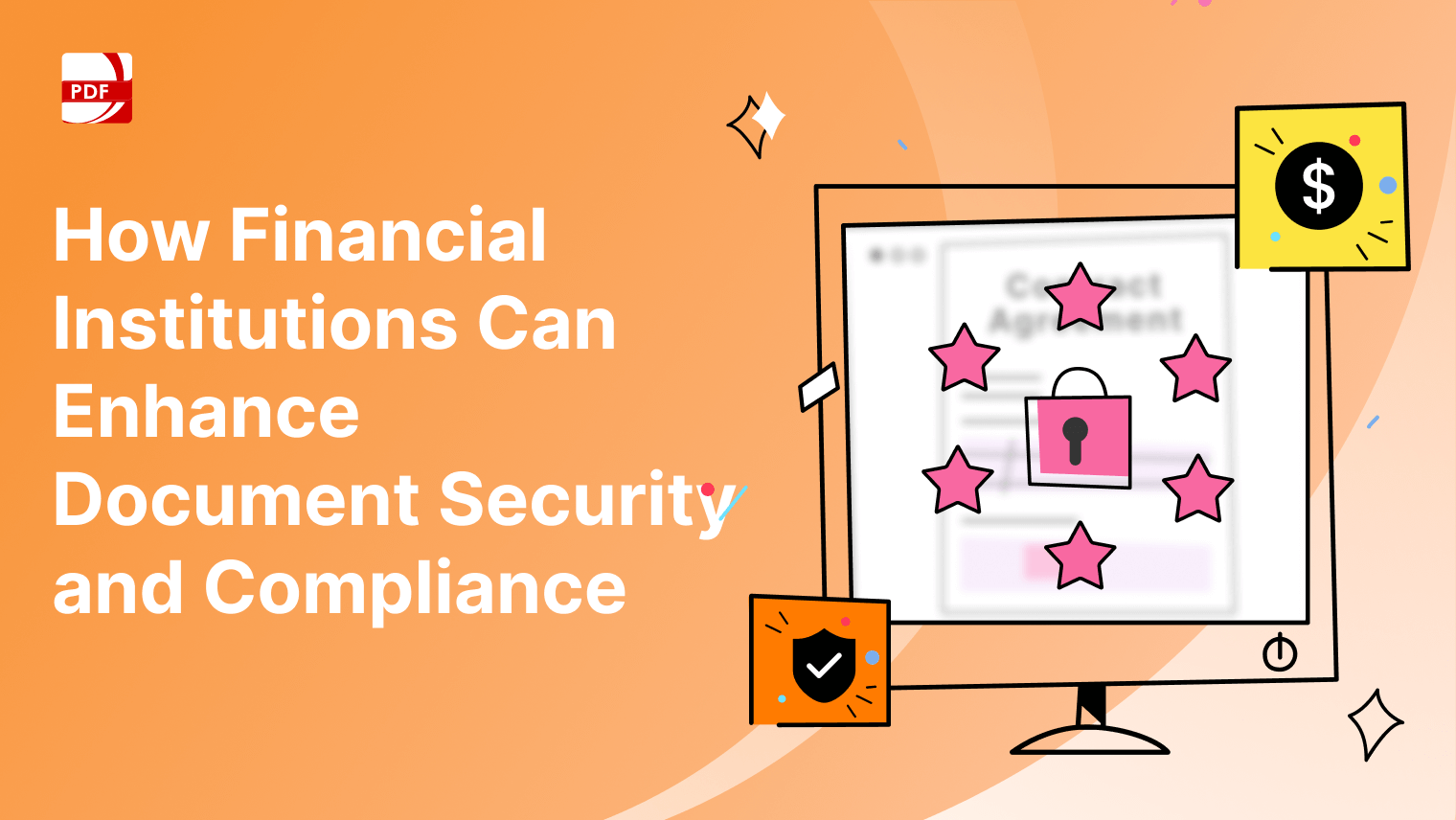Virtual printing is revolutionizing the way we approach document handling by offering an innovative, environmentally friendly alternative to traditional printing.
This technology enables the conversion of documents into digital formats without the need for physical paper, thereby significantly reducing waste and conserving resources.
As a base of green technology, virtual printing is paving the way for more sustainable business practices and a healthier planet.
Physical Printing vs Virtual Printing: Comparison Table
Feature |
Physical Printing |
Virtual Printing |
Medium |
Uses paper and ink for output. | Produces digital copies without using physical materials. |
Cost |
Incurs costs for paper, ink, and maintenance of printing equipment. | Minimal to no costs after initial setup; saves on paper and ink. |
Environmental Impact |
Contributes to waste and deforestation; requires physical storage space. | Eco-friendly; reduces paper waste and storage needs. |
Accessibility |
Documents can be physically accessed and shared but require physical transportation. | Documents can be accessed and shared anywhere with internet access. |
Speed & Efficiency |
Can be time-consuming, especially for large print jobs. | Instantaneous; multiple documents can be processed quickly. |
Version Control |
Managing document versions requires physical space and can lead to confusion. | Easier to manage document versions digitally, ensuring access to the latest version. |
Customization |
Each copy is static; changes require re-printing. | Digital copies can be easily modified, allowing for dynamic content and personalization. |
Security |
Physical documents are susceptible to damage, loss, or unauthorized access. | Enhanced security features like encryption and access controls protect documents. |
Why Changing to an EDMS is Beneficial
EDMS (Electronic Document Management System) and Virtual Printing are complementary technologies that enhance document management and sustainability practices within organizations.
- Cost Savings: Significant reduction in printing, storage, and document management costs.
- Environmental Impact: Supports sustainability efforts by reducing paper waste and carbon footprint.
- Efficiency and Productivity: Boosts document access, sharing, and collaboration, improving operational efficiency.
- Security and Compliance: Better control over document access and versioning helps with compliance and data protection.
- Scalability: Easily scales with business growth without the need for additional physical space.

Benefits of Virtual Printing
Virtual printing offers numerous benefits that align with both operational efficiencies and environmental sustainability. Here are some key advantages:
- Reduced Paper Waste: Virtual printing dramatically decreases the need for physical paper, contributing to environmental sustainability by reducing paper waste and conserving resources.
- Cost Savings: By minimizing the use of physical prints, organizations can save on paper, ink, and maintenance costs associated with traditional printing. Virtual printing eliminates the need for physical printers in many scenarios, further reducing overhead costs.
- Increased Efficiency: Virtual printing can enhance document sharing and collaboration, allowing for quicker distribution of documents without the need for physical handling or mailing. Documents can be shared digitally in real time, enhancing productivity.
- Remote Access and Mobility: Virtual printing enables users to access and print documents from anywhere, supporting remote work and mobile access. This flexibility ensures that geographical location does not hinder document management and sharing.
In summary, virtual printing not only offers operational and cost benefits but also supports environmental sustainability efforts, making it a valuable practice for modern, eco-conscious organizations.
Top 3 Virtual Printing Platforms
1. PDF Reader Pro

Image Source: PDF Reader Pro
Pros:
- Comprehensive PDF editing, annotation, and conversion features make it a versatile tool for managing PDFs.
- Offers an easy virtual printing experience, allowing easy conversion of documents to PDF without physical printing.
Cons:
- Advanced features may require a learning curve for new users.
- Some premium features may only be available in the paid version.
2. Adobe Acrobat Pro

Image Source: Adobe Acrobat
Pros:
- Industry-standard software with powerful PDF editing and virtual printing capabilities.
- Integrates with Adobe Document Cloud, facilitating easy access and sharing of PDFs across devices.
Cons:
- High subscription cost compared to other solutions.
- Can be resource-intensive, requiring a robust system for optimal performance.
3. Foxit

Image Source: Foxit
Pros:
- Offers decent virtual printing features with a user-friendly interface.
- Includes advanced security features to protect sensitive information in PDFs.
Cons:
- Some users may find the interface cluttered with too many features.
- Customer support and updates may not be as comprehensive.

Green Technology
Green technology refers to environmentally friendly innovations that reduce waste and energy consumption, aiming to create a sustainable future.
PDF Accessibility Features:
- Description: Enhancements in PDF accessibility, such as text-to-speech, high-contrast modes, and easy navigation tools, support diverse user needs without the need for printed materials.
- How It's Helpful: These features ensure that all users, including those with disabilities, can access information digitally, further reducing reliance on physical documents. By promoting inclusivity, PDF readers ensure that digital solutions cater to a broad audience, reinforcing the environmental benefits of going paperless.

Document Summarization AI:
- Description: Advanced PDF readers like PDF Reader Pro may incorporate AI-driven summarization tools, which can condense long documents into concise summaries.
- How It's Helpful: This reduces the need to print extensive documents for review, focusing only on the summarized content. It saves time and resources while still providing critical information, aligning with sustainability goals by reducing unnecessary paper use.

E-signature Integration:
- Description: E-signature capabilities allow users to sign documents electronically, eliminating the need to print documents solely for signature.
- How It's Helpful: This feature helps the signing process, significantly reducing paper waste associated with traditional document signing. It also expedites workflows by enabling immediate document sharing and signing, which is particularly beneficial in remote and hybrid work environments.

PDF Reader Pro is perfect for those of us keen on embracing virtual printing and green technology.
Allowing us to view, edit, and share documents digitally easily has helped cut down on unnecessary printing, saving tons of paper in the process.
Features like digital signatures and cloud integration have made document management a breeze, proving that going green can also boost our efficiency.
This switch to PDF Reader Pro has been a win-win, helping both the planet and our workflow.
Download PDF Reader Pro to keep up with the best of Green Technology!
FAQ for Virtual Printing
Is virtual printing secure?
Virtual printing solutions offer robust security features, including encryption and user access controls, to protect sensitive information and ensure that documents are only accessible to authorized individuals.
What types of files can I print virtually?
Virtual printing supports a wide array of file formats, including but not limited to PDF, DOCX, XLSX, and PPTX, allowing for a versatile document-handling experience.
How does virtual printing improve document accessibility?
By storing documents digitally, virtual printing ensures that they can be accessed remotely from anywhere, at any time, facilitating better collaboration and efficiency, especially for teams that work remotely.
Can virtual printing help reduce my company's operational costs?
Absolutely. Virtual printing eliminates the need for physical paper, ink, and maintenance of printing hardware, leading to substantial savings in operational expenses over time.
Does virtual printing support collaborative work?
Yes, it enhances collaboration by allowing multiple users to view, edit, and share documents digitally, streamlining communication and making it easier to manage document revisions and approvals.

Switch to Virtual Printing
Switching to virtual printing has been a game-changer for me, aligning perfectly with my commitment to environmental sustainability and efficiency.
Adopting this green technology has not only reduced my carbon footprint by significantly cutting down on paper and ink usage but also boosted my document management process, allowing for easy access and collaboration on documents from anywhere.
The convenience, cost savings, and positive environmental impact of virtual printing affirm its standing as a crucial step toward a more sustainable and digitally empowered future.









 Free Download
Free Download  Free Download
Free Download 





 Support Chat
Support Chat